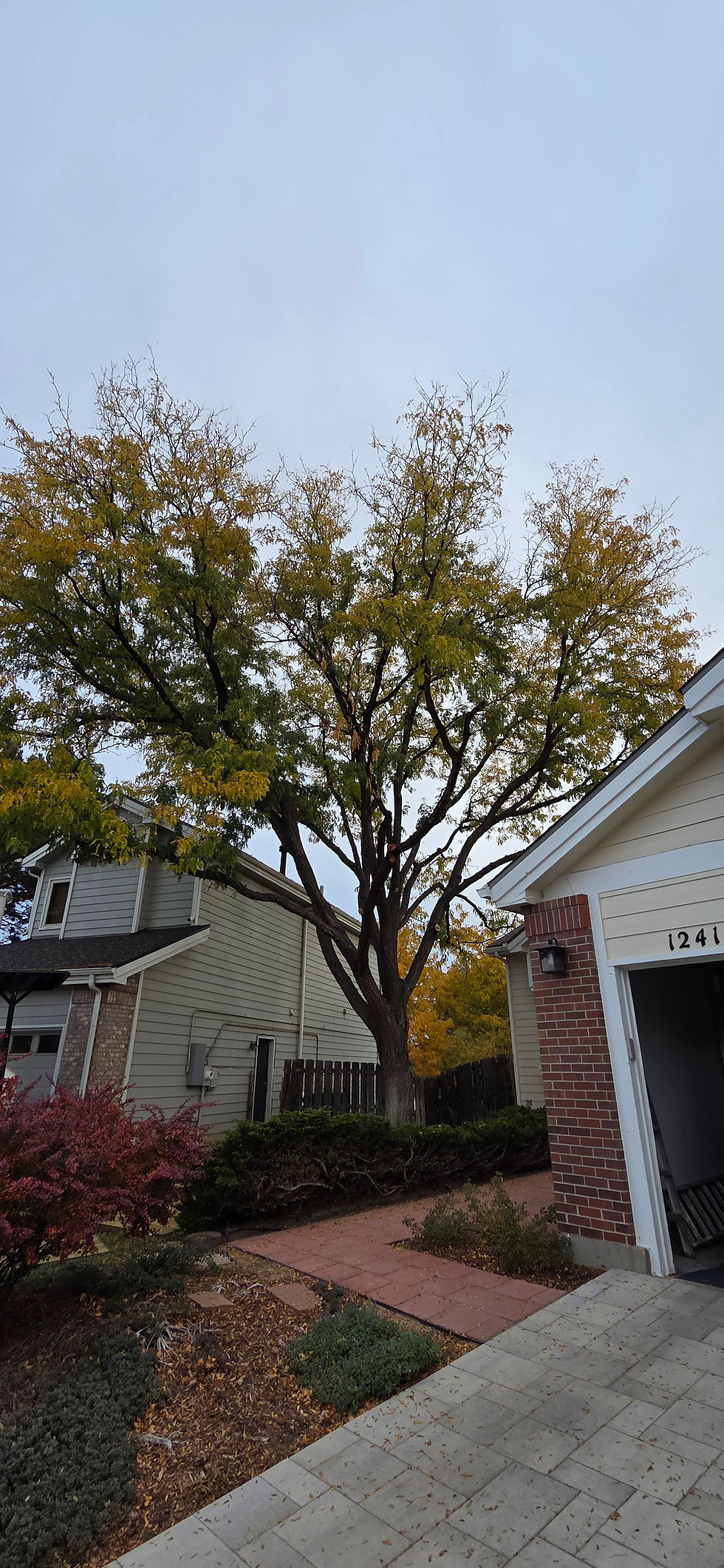Tree Pruning and Trimming vs. Tree Removal: What Should I do?
- Nathan Appelhans

- Jul 24, 2024
- 2 min read

When it comes to tree care, homeowners and property managers often face the decision between pruning and trimming trees or opting for complete removal. In most cases, pruning and trimming are preferred methods for maintaining the health and appearance of trees. Let's explore the top five reasons why these techniques are favored over tree removal, as well as situations where removal becomes necessary.
1. Preservation of Natural Beauty: Trees add aesthetic value to any landscape, providing shade, color, and a sense of natural harmony. Pruning and trimming allow us to maintain the tree's natural form while enhancing its appearance. This approach preserves the tree's contribution to the overall beauty of the property, which would be lost with removal.
2. Environmental Benefits: Mature trees play a crucial role in our ecosystem. They absorb carbon dioxide, produce oxygen, and provide habitats for wildlife. By choosing to prune and trim rather than remove, we maintain these environmental benefits. Trees also help reduce soil erosion and improve air quality, making their preservation vital for local ecosystems.
3. Cost-Effectiveness: In most cases, pruning and trimming are more cost-effective than tree removal. Removal often involves heavy equipment, multiple crew members, and disposal fees. Regular maintenance through pruning and trimming can extend a tree's lifespan, saving money in the long run by avoiding the need for removal and replacement.
4. Improved Tree Health: Proper pruning techniques can significantly improve a tree's health. By removing dead, diseased, or crossing branches, we promote better air circulation and sunlight penetration throughout the canopy. This reduces the risk of disease and pest infestation, leading to a healthier, more robust tree.
5. Safety Enhancement: Strategic pruning and trimming can make trees safer by removing weak or damaged limbs that pose a risk of falling. This proactive approach reduces the likelihood of property damage or personal injury during storms or high winds, without resorting to complete removal.

While pruning and trimming are generally preferred, there are situations where tree removal becomes necessary. Here are three reasons why removal might be the only viable option:
1. Severe Disease or Pest Infestation: When a tree is afflicted with an advanced disease or severe pest infestation that cannot be effectively treated, removal may be the only way to prevent the problem from spreading to other nearby trees or plants.
2. Structural Instability: Trees that have suffered significant structural damage, such as a split trunk or extensive root damage, may become unstable and pose a serious safety risk. In such cases, removal is often the safest course of action to protect people and property.
3. Interference with Infrastructure: Sometimes, trees grow too close to buildings, power lines, or underground utilities. If redirecting the tree's growth through pruning is not feasible, removal may be necessary to prevent damage to infrastructure or ensure compliance with local regulations.
In conclusion, while tree removal is sometimes unavoidable, pruning and trimming remain the preferred methods for maintaining healthy, beautiful trees. These techniques preserve the numerous benefits trees provide while addressing safety concerns and aesthetic preferences. However, it's essential to assess each situation carefully and consult with a professional arborist to determine the best course of action for your trees and property.
303-881-0018





Comments